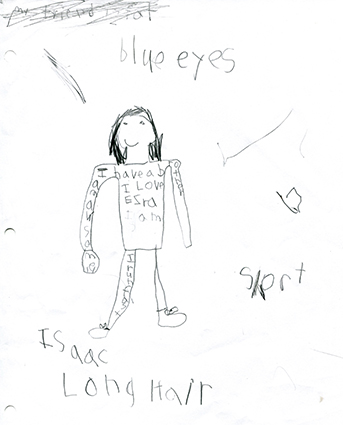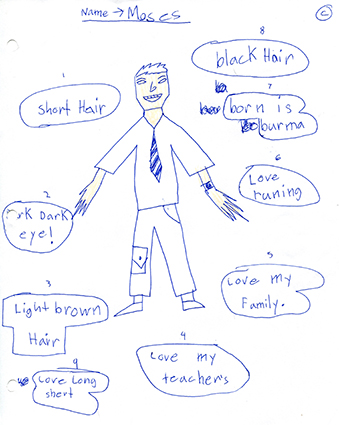
Overview
Students review and analyze narratives about disability pride through group discussions and individual review and writing. Activities give students the opportunity to examine disability as one influence on a person’s individual and social identity and then discuss how disability and other experiences of difference can be part of personal empowerment.
Identity and Belonging Focus: Disability Awareness.
Grade: Level: 5-12
Subject(s): Reading and Language Arts.
Learning Objectives
- Discuss disability and other diversity experiences collaboratively with others.
- Critique written or media presentations of disability pride orally or in writing.
- Be able to compare and contrast different social experiences of difference.
Standards
Follow agreed-upon rules for discussions (e.g., listening to others with care, speaking one at a time about the topics and texts under discussion).
Explain their own ideas and understanding in light of the discussion.Ask questions to clear up any confusion about the topics under discussion.Review the key ideas expressed and draw conclusions in light of information and knowledge gained from the discussions.Write informative/explanatory texts to examine and convey complex ideas and information clearly and accurately through the effective selection, organization and analysis of content.
Materials
- Disability awareness readings with this lesson or other materials from the resource list provided with this lesson (see below).
- Optional writing worksheets (vocabulary worksheets, reading/listening log, etc.).
Time: Two to three 20-minute class sessions. This lesson could also be extended to allow students time to develop their informal writing into more formal essays.
Setting: Large group discussion with individual writing and small group discussion.

Directions
Lesson Preparation: Select the readings and media materials you want to use. Some examples of written autobiographical narratives and presentations are included with this lesson. Other materials are also available in the Include! booklist.
Lesson Implementation: Some teachers choose to do a group session first, so that students can review a shared reading or other autobiographical narrative. In the subsequent session(s), students read, listen to or watch selected disability narratives, take notes and write their own response to individual narratives. In a final session, students share their observations.
Activity 1: Either have students read, listen to or watch a selected reading or video clip together as a class or begin with individual assignments. Ask students to listen or look for the following information and record it in the reading/video log:
- What background information are you given about the person (name, age, disability, other facts)?
- How does this person describe their disability experience?
- What quotes or comments stand out for you?
- Does anything surprise you?
After the reading or short video, give students five to 10 minutes to finish their note-taking and consider the following questions:
- What examples can you find of this person’s sense of disability pride?
- What difference or similarities do you see compared to your own experiences with identity pride?
- How do you feel about how this person responds to the social experience of disability? Did anything surprise you?
- What difference or similarities do you see compared to your own experiences with and responses to difference?
- How is disability identity like or different from gender, race, ethnic identity or other social experiences of difference?
Activity 2: Continue this activity for an additional session if needed/desired to allow for individual work and small group discussion of selected narratives. Using the discussion questions above, ask students to use their notes to write a two-page journal entry on their response to the readings and discussion.
Final Activity/Lesson Wrap-up: After students have written their responses, bring the class together to discuss the key questions and their personal responses.

Resources
General Resources
A Defense of Disability Pride, by Marissa Johnson.
Finding My LD Pride, by Liz Bogod.
From Passing to Coming Out, by Candice Lee.
My Best Friend, by Steven Brown, Ph.D.
The Include! Booklist and media resources sites listed on this website.
Essays and blogs on the Ragged Edge Online website.
Short autobiographical videos, such as:
Patrick Standen: Include! website
(Nicole, Stirling and Ben) from the Breaking Barriers series on YouTube.
Teacher Resources
Student Resources
A Defense of Disability Pride. (PDF downloads a duplicate of “Activity Vocabulary Worksheet” PDF)